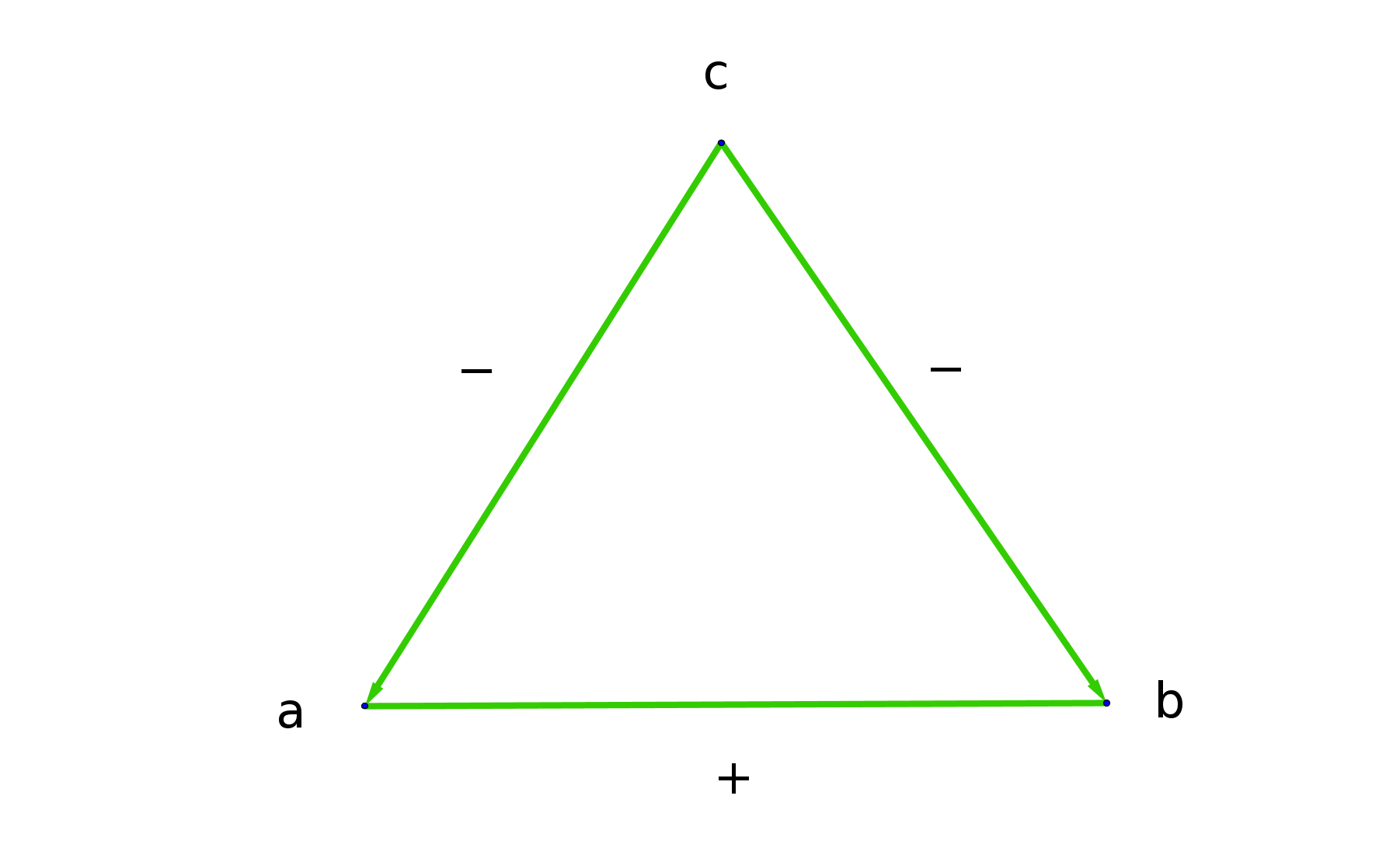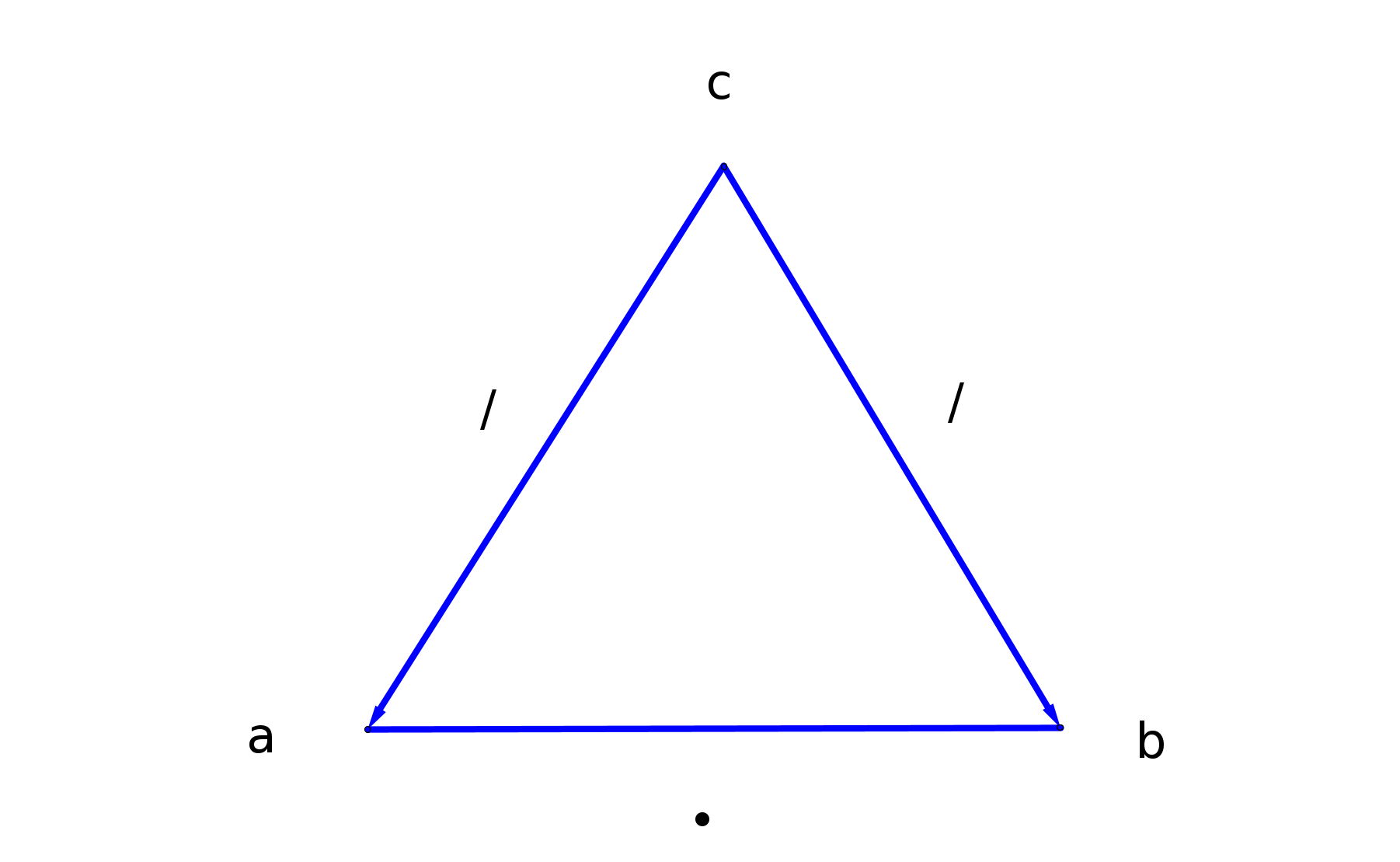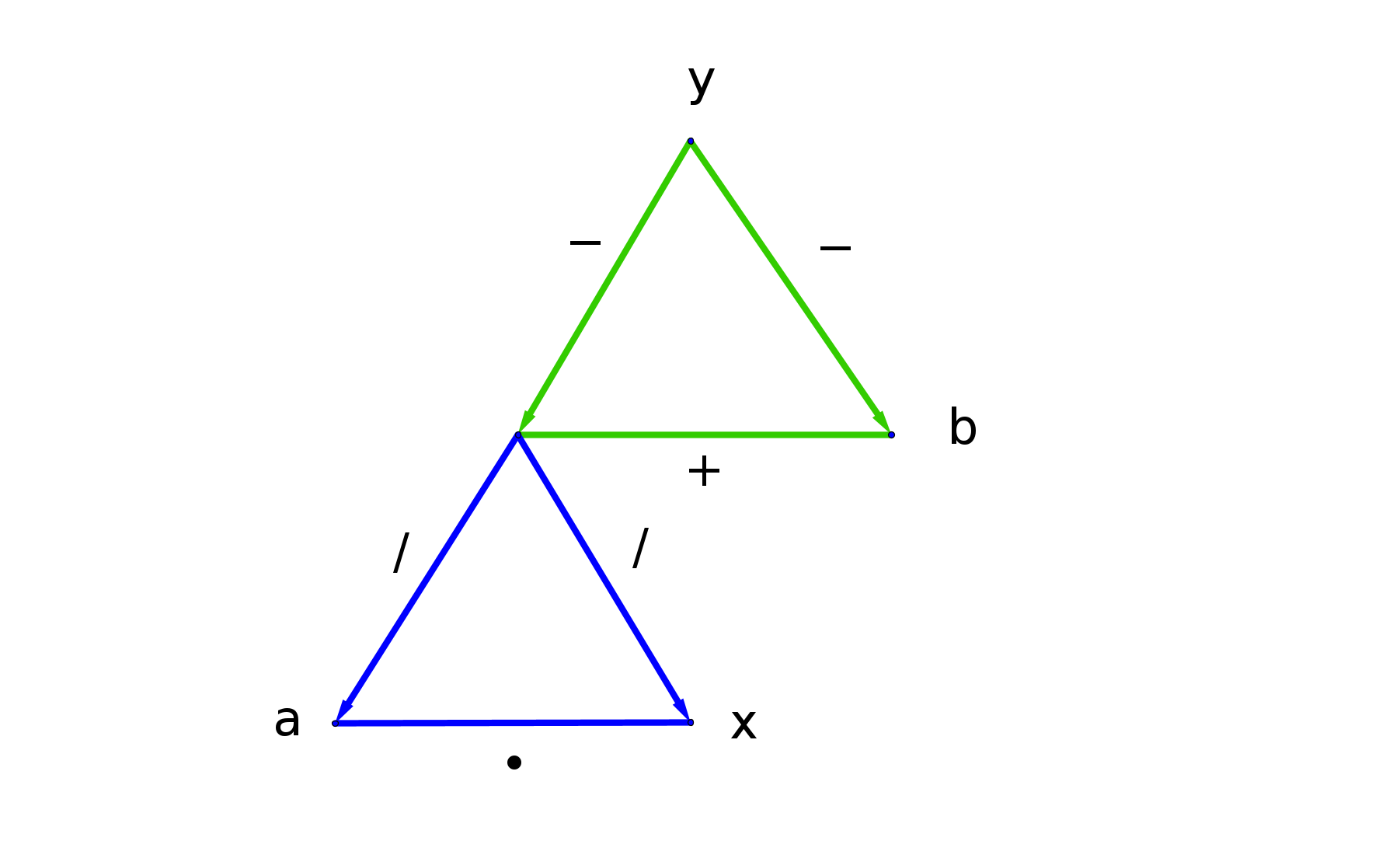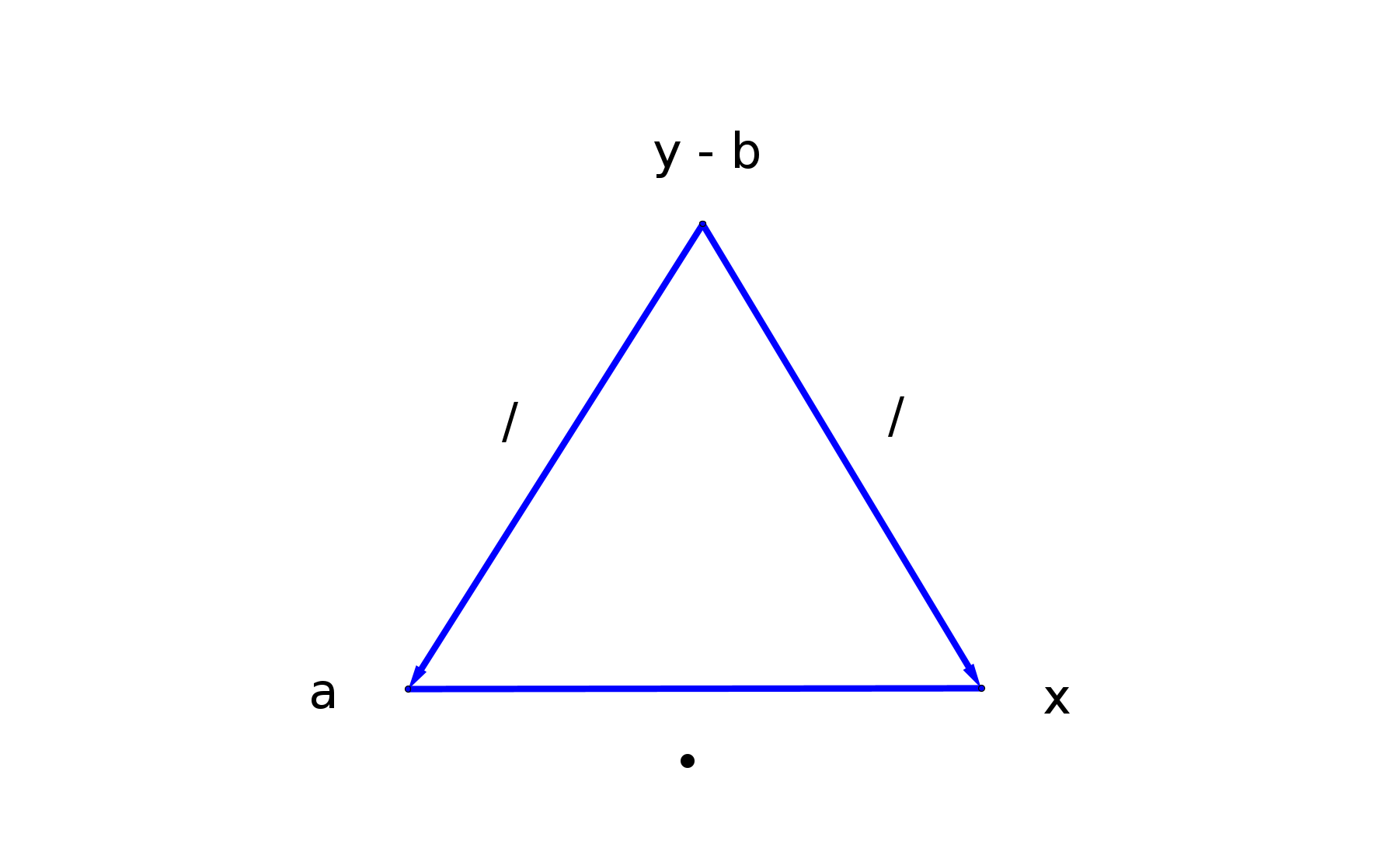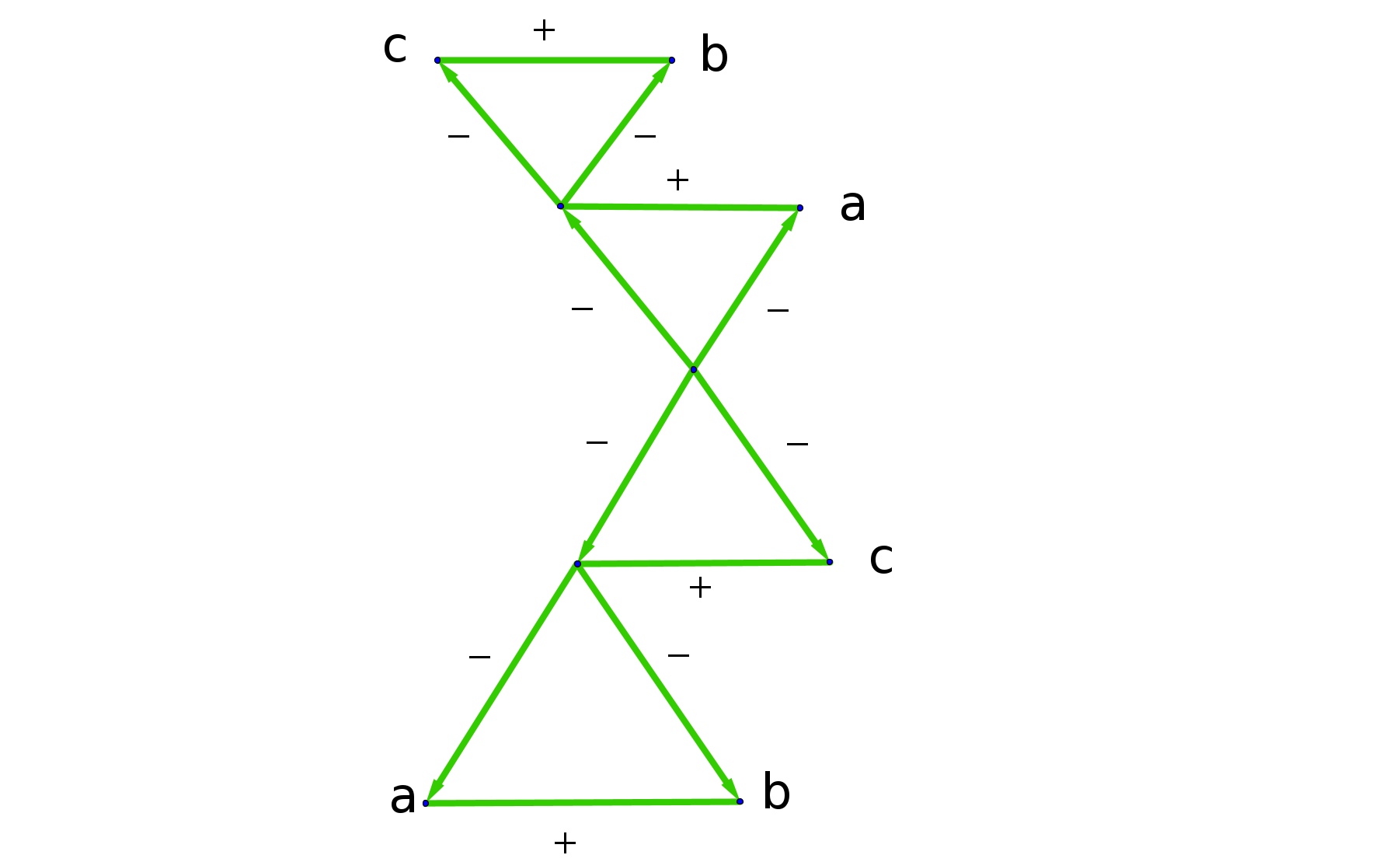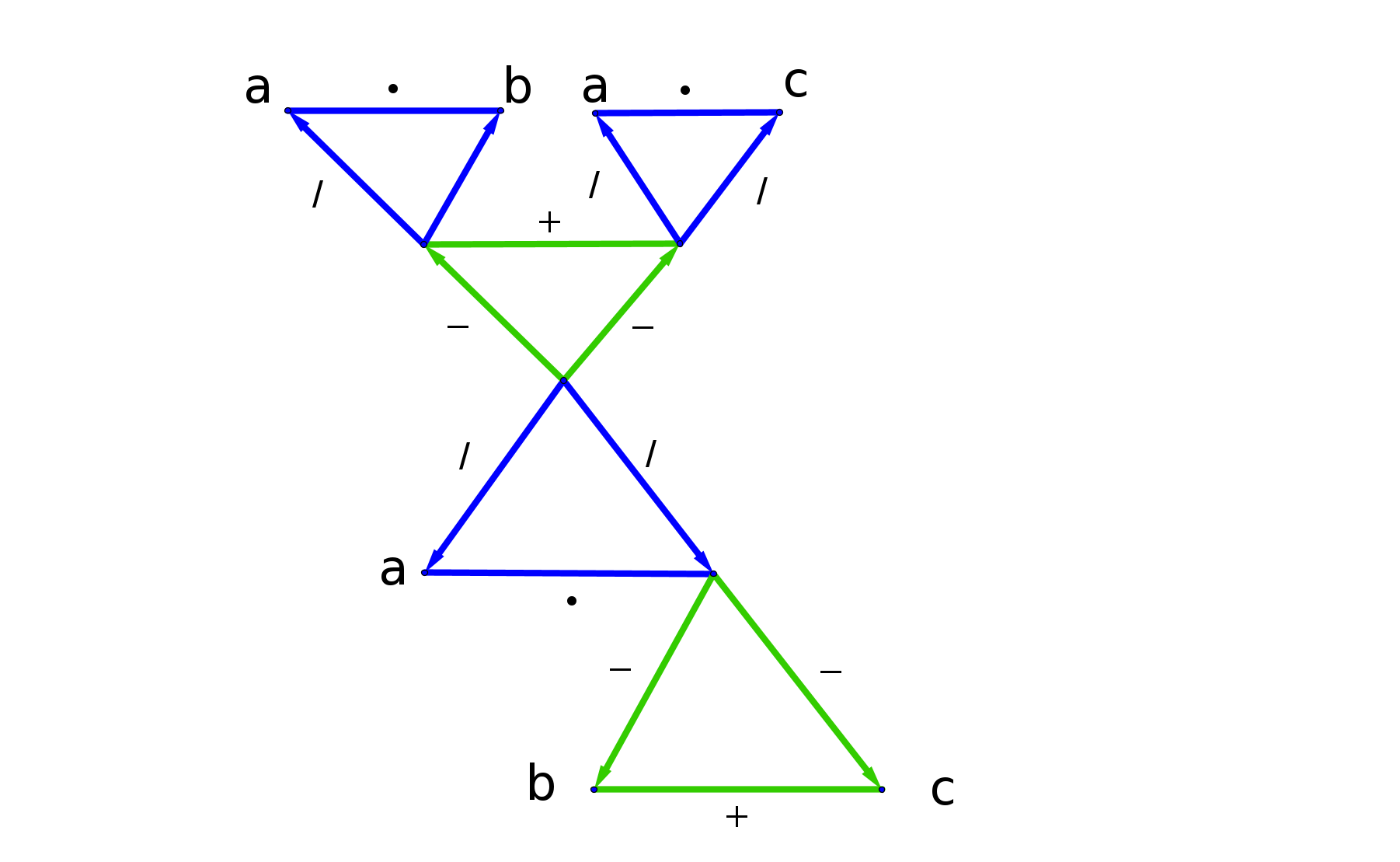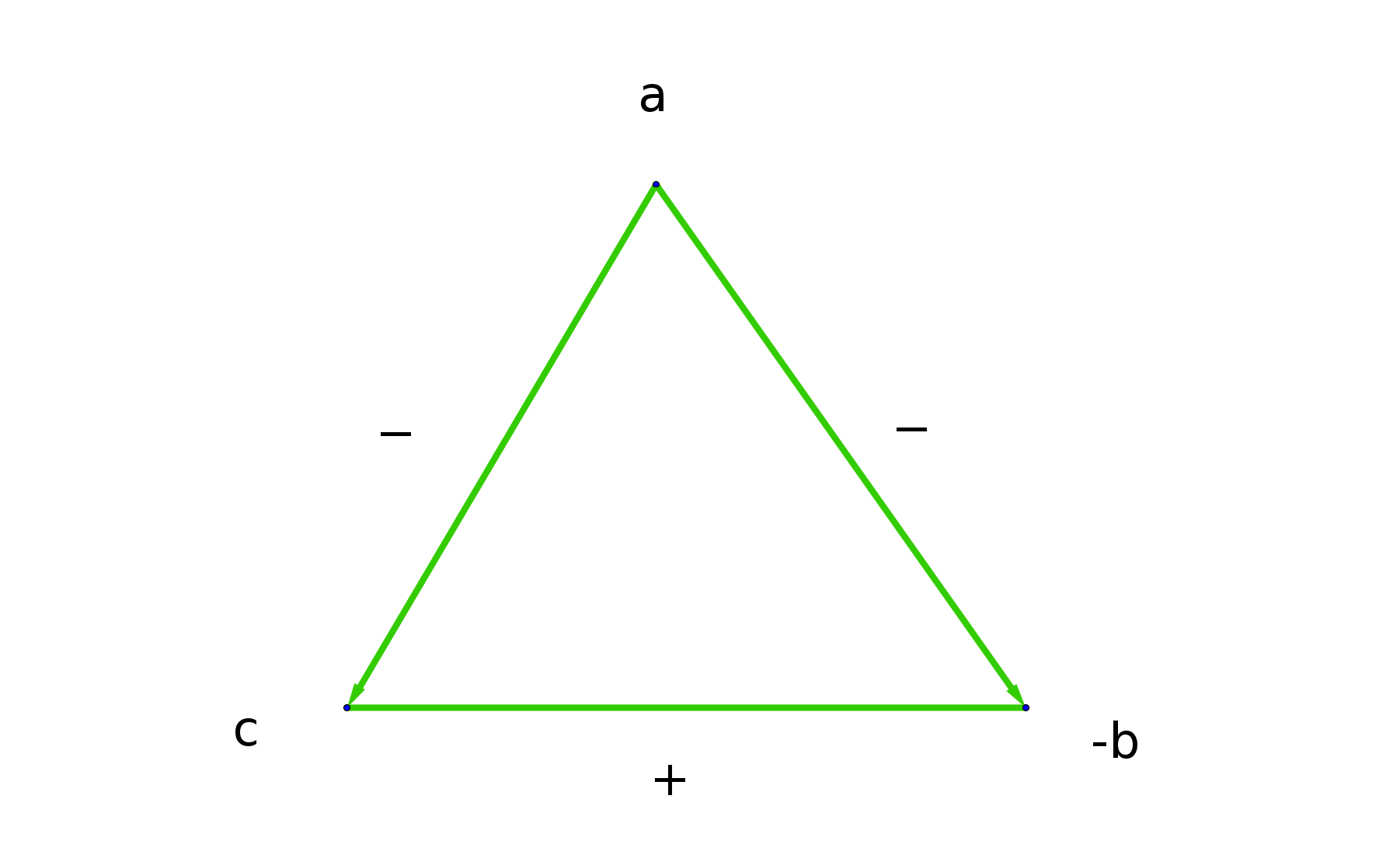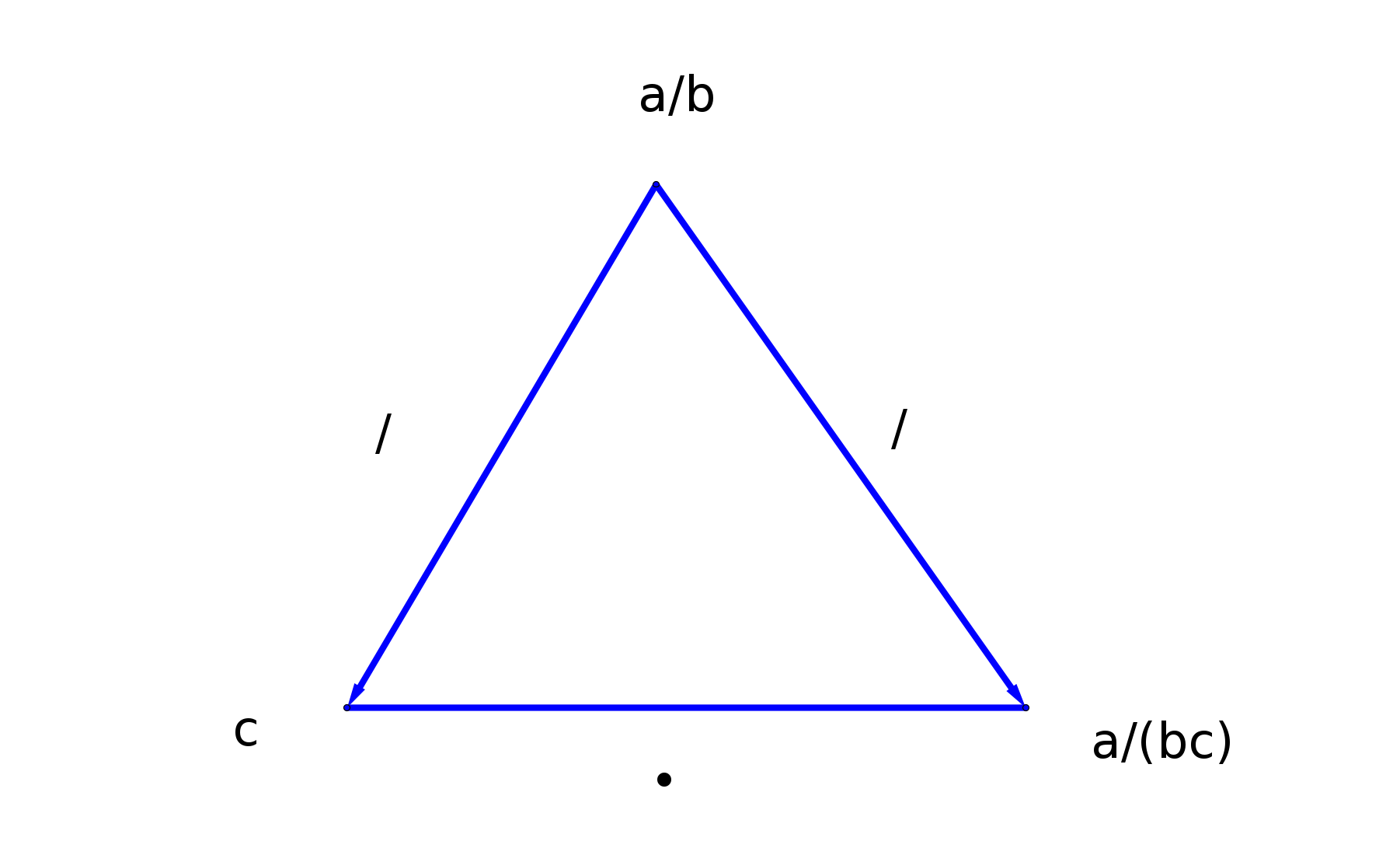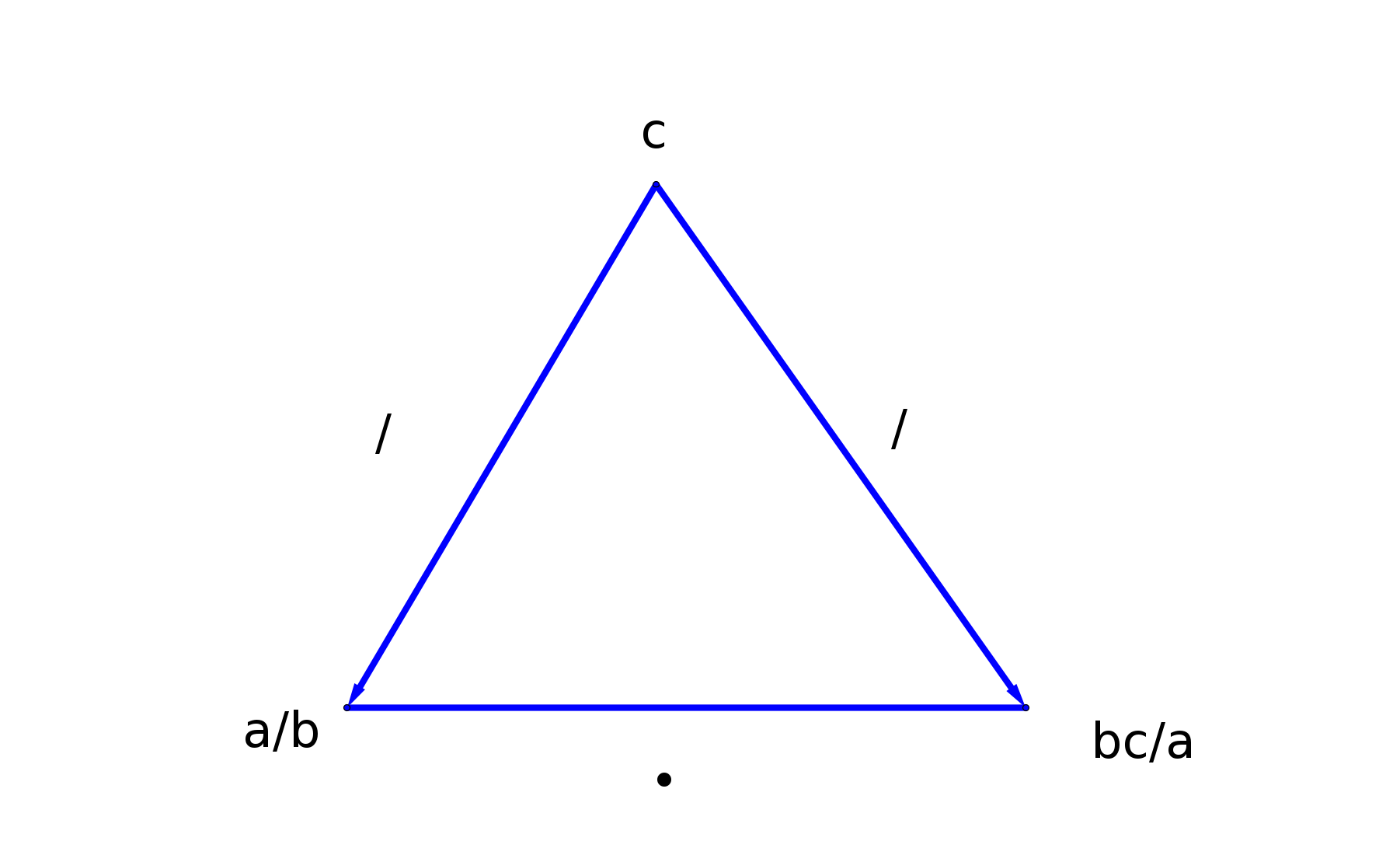The Untold Story of the Highway Code
The British Highway Code – ‘…a guide to the proper use of the highway and a code of good manners…’ – celebrates the 90th anniversary of its first publication in 2021.
Here we look back at the evolution of the Code which tells the story of the development of road safety, driving and British roads over the decades.
The early years of driving

The first Highway Code cost one old penny and contained 21 pages of advice and information. It carried adverts for the RAC (founded 1897), AA (founded 1905), Castrol Motor Oil, BP Plus petrol, motor insurance and journals such as ‘Autocar’.

The late 19th century saw the first motorcars in Britain – a country whose roads had evolved for horse-drawn traffic.

In the early years of the 20th century anyone could drive a vehicle – the minimum driving age of 17 was not introduced until 1930.
When the Highway Code was first launched in 1931, there were 2.3 million motor vehicles on British roads, along with tens of thousands of horse-drawn vehicles.
To be on the road was glamorous. Drivers put their foot down. Pedestrians were often considered in the way; at fault if they became a casualty. In this dangerous heady world, around 7,000 people lost their lives in accidents every year. (By comparison, in 2019, there were over 40 million vehicles on British roads and 1,870 deaths).

Little had been done in terms of control or legislation. The Highway Code of 1931 was a first attempt to educate early motorists about driving carefully and responsibly.
Speed limits, driving tests and pedestrian crossings

Leslie Hore-Belisha’s 1934 Road Traffic Act introduced a 30mph speed limit in built-up areas (the speed limit of 20mph had been controversially removed by the 1930 Road Traffic Act after it was universally flouted and court cases built up). There were also stronger penalties for reckless driving and cyclists were required to have rear reflectors.
In addition, the Act instituted a compulsory driving test that came into force in 1935, but only for new drivers. Around one quarter of a million candidates applied.
The first driver to pass the half hour test of basic driving abilities and knowledge of the Highway Code was a Mr R. Beare of Kensington, 16 March 1935. Tests were suspended four years later for the duration of the Second World War (1939-1945), not resuming until 1946.

9,000 pedestrian crossings, with their distinctive flashing yellow globes (‘Belisha’ beacons), were erected in London in 1934, with the scheme extended to the provinces in the November. Initially crossings were marked with steel studs; zebra markings not appearing until 1949.


Other early road developments included white lines, which came into widespread use in the 1920s, prototype roundabouts and traffic lights dating from around the mid to late 1920s (the red/amber/green traffic light system began to be more widely adopted from 1933), and ‘catseyes’, patented in 1934, which came into their own during the blackouts of the Second World War and have been a common feature of roads ever since.
Early Road Signs
The second edition (1934) of the Highway Code also carried diagrams of road signs for the first time – just 10 in all – along with a warning about the dangers of driving when affected by alcohol or fatigue.

Stopping distances – broadly similar to today’s, despite huge advances in braking technology – made their first appearance in the third edition, published just post-war in 1946, along with new sections giving advice on driving and cycling.
The 1954 Highway Code carried brand new colour illustrations. There was an expanded traffic sign section which included an extended section on road signs, while the back cover gave instructions about first aid.
The first motorway

England’s first completed motorway, a revolutionary development in British roads – the 8 mile Preston bypass, later part of the M6 – was opened by the Prime Minister, Harold Macmillan in 1958.

The first 50 mile stretch of the M1 – from St Albans to Rugby – opened a year later in 1959, constructed by world-renowned contractors John Laing & Sons, who built much of post-Second World War Britain’s pioneering infrastructure, including housing, nuclear power stations, hospitals, factories and London’s Westway.

To reflect how motorways would radically affect motorists, the 1961 Highway Code was updated in its fifth edition with a section on motorway driving, including how to avoid drowsiness.

It also included a sombre, hand-written and signed introduction from Ernest Marples: ‘Casualties killed and injured (on the roads) are as high as for a major war’, ending with: ‘DO keep to the Code – and keep alive.’

There was no speed limit on motorways. Drivers were free to go as fast as they wanted. ‘Doing the ton’ (100mph) was a badge of honour, especially for motorcyclists. Marples was shocked by the speed of driving and introduced a national speed limit of 70mph in December 1965.

Built in 1964-1965, Forton evoked the glamour of early motorway driving – its Tower Restaurant offered waitress service and a vantage point with spectacular views. The restaurant closed in 1989.

Calvert and Kinneir’s motorway signs were modern, simple and easy to read when driving fast. The government became concerned that these signs made other British road signs – a chaotic mix of different words, styles and fonts – seem inadequate and outdated and asked them to redesign and rationalise the whole national road sign system.
The new signs came into force 1 January 1965 and the designs are still in use today on Britain’s roads and motorways.
The evolution of the highway code

The completely modernised 1968 version was the first to use photographs and 3D illustrations. It also introduced the ‘mirror – signal – manoeuvre’ routine when overtaking.

With mounting pedestrian casualties, the 1978 edition introduced the Green Cross Code to educate pedestrians about road safety (children were taught it in school, helped by superhero the ‘Green Cross Man’). The safety mantra was: ‘Think, Stop, Use Your Eyes and Ears, Wait Until It Is Safe to Cross, Look and Listen, Arrive Alive.’

This edition also launched new orange badges for people of disability, as well as having a section on vehicle security in response to rising car thefts.

As vehicles became more sophisticated, and roads busier and more complex, the Highway Code – most of whose rules are legal requirements – responded over the years with new instructions and advice in ever-growing sections.
Among them the use of seats belts, using mobile phones while driving, in-vehicle distractions such as Sat Nav, driving with illegal drugs in the system, remote control parking, smoking in vehicles, using mobility scooters, and the Theory Test – introduced in 1996 and replacing questions about the Highway Code that were originally posed during the driving test itself.
Today’s Highway Code is now 189 pages long and sells around 1 million copies annually. It is always listed in the annual best-seller list.
Header image: Motoring just outside Ludlow in Shropshire in the mid-1930s. The car is an Austin 7 (‘Baby Austin’) © Historic England BB70/09719.
Written by Nicky Hughes






 Disparu
il y a maintenant plus de dix ans, Julien Gracq demeure néanmoins notre
contemporain. Tout se passe, en effet, comme s’il n’avait pas cessé
d’écrire, de nous écrire. Cette douce illusion, nous la devons à
Bernhild Boie – éditrice et amie de l’écrivain – qui ces dernières
années a exhumé et rassemblé plusieurs manuscrits qui sommeillaient dans
les fonds de la Bibliothèque Nationale de France où reposent les
archives de Julien Gracq. Nœuds de vie, le nouvel inédit qui
vient de paraître, décevra ceux qui espéraient découvrir la face cachée
de l’œuvre gracquienne. On (re)trouvera donc un Julien Gracq tel qu’en
lui-même : son regard lumineux et lucide sur le monde et ses paysages
dans les deux premiers chapitres, puis ses réflexions sensibles sur la
lecture et l’écriture dans les deux chapitres restants.
Disparu
il y a maintenant plus de dix ans, Julien Gracq demeure néanmoins notre
contemporain. Tout se passe, en effet, comme s’il n’avait pas cessé
d’écrire, de nous écrire. Cette douce illusion, nous la devons à
Bernhild Boie – éditrice et amie de l’écrivain – qui ces dernières
années a exhumé et rassemblé plusieurs manuscrits qui sommeillaient dans
les fonds de la Bibliothèque Nationale de France où reposent les
archives de Julien Gracq. Nœuds de vie, le nouvel inédit qui
vient de paraître, décevra ceux qui espéraient découvrir la face cachée
de l’œuvre gracquienne. On (re)trouvera donc un Julien Gracq tel qu’en
lui-même : son regard lumineux et lucide sur le monde et ses paysages
dans les deux premiers chapitres, puis ses réflexions sensibles sur la
lecture et l’écriture dans les deux chapitres restants.  Grâce au concours de Bernhild Boie, ont d’abord paru en 2011 les Manuscrits de guerre que Gracq ne désirait pas faire connaître de son vivant. Trois ans plus tard, ce fut autour de Les Terres du couchant. Un roman sur le point d’être achevé que l’auteur avait malgré tout délaissé au profit de l’écriture d’Un balcon en forêt qu’il publiera en 1958 chez José Corti, maison d’édition à laquelle il restera fidèle. À l’image des précédents, Nœuds de vie,
le nouvel inédit qui vient de paraître, décevra ceux qui espéraient
découvrir la face cachée de l’œuvre gracquienne. Nulle originalité ici,
mais la poursuite d’une entreprise qui, la page des formes romanesques
définitivement tournée en 1961 avec Préférences, avait
privilégié l’écriture critique, autobiographique ou peu s’en faut,
résolument fragmentaire en tout cas, nous délivrant désormais des proses
finement ciselées qu’elles découpent une portion de paysage ou qu’elles
éclairent l’œuvre d’un de ses pairs. On (re)trouvera donc un Julien
Gracq tel qu’en lui-même : son regard lumineux et lucide sur le monde et
ses paysages dans les deux premiers chapitres, puis ses réflexions
sensibles sur la lecture et l’écriture dans les deux chapitres restants.
Grâce au concours de Bernhild Boie, ont d’abord paru en 2011 les Manuscrits de guerre que Gracq ne désirait pas faire connaître de son vivant. Trois ans plus tard, ce fut autour de Les Terres du couchant. Un roman sur le point d’être achevé que l’auteur avait malgré tout délaissé au profit de l’écriture d’Un balcon en forêt qu’il publiera en 1958 chez José Corti, maison d’édition à laquelle il restera fidèle. À l’image des précédents, Nœuds de vie,
le nouvel inédit qui vient de paraître, décevra ceux qui espéraient
découvrir la face cachée de l’œuvre gracquienne. Nulle originalité ici,
mais la poursuite d’une entreprise qui, la page des formes romanesques
définitivement tournée en 1961 avec Préférences, avait
privilégié l’écriture critique, autobiographique ou peu s’en faut,
résolument fragmentaire en tout cas, nous délivrant désormais des proses
finement ciselées qu’elles découpent une portion de paysage ou qu’elles
éclairent l’œuvre d’un de ses pairs. On (re)trouvera donc un Julien
Gracq tel qu’en lui-même : son regard lumineux et lucide sur le monde et
ses paysages dans les deux premiers chapitres, puis ses réflexions
sensibles sur la lecture et l’écriture dans les deux chapitres restants.







